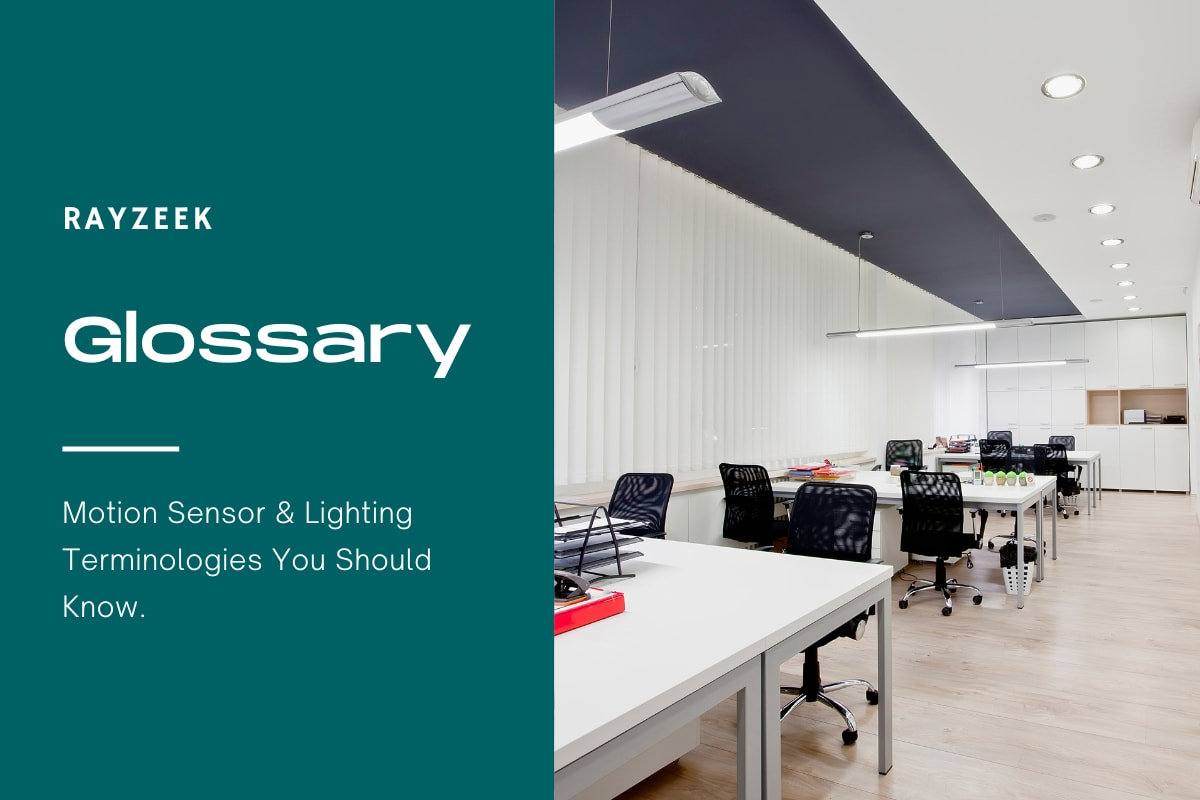What is Transmittance
Transmittance is the measurement of the amount of light that is able to pass through a surface or material. It is a fundamental optical property that quantifies the ability of a material to transmit light.
When light interacts with a surface or material, it can be transmitted, reflected, or absorbed. Transmittance specifically focuses on the portion of light that moves through the other side of the surface. It is closely related to the concept of reflectance, which measures the amount of light that is reflected off a surface.
Transmittance is expressed as a ratio, comparing the intensity of the transmitted light (I) to the intensity of the incident light (I0). This ratio is denoted as T. The transmittance value represents the percentage of incident light that is able to pass through the material.
Looking For Motion-Activated Energy-Saving Solutions?
Contact us for complete PIR motion sensors, motion-activated energy-saving products, motion sensor switches, and Occupancy/Vacancy commercial solutions.
For example, consider a semi-transparent block of glass. If 30% of the incident light is reflected from the surface of the glass and 35% is absorbed by the molecules of the glass, the remaining 35% of light will pass through the other side of the block. In this case, the glass block has a transmittance of 35%.
Transmittance is important as it affects the performance and efficiency of lighting systems. By understanding the transmittance of different materials, lighting professionals can make informed decisions about the selection of materials and the design of lighting systems to achieve desired lighting levels and energy efficiency.
Get Inspired by Rayzeek Motion Sensor Portfolios.
Doesn't find what you want? Don't worry. There are always alternate ways to solve your problems. Maybe one of our portfolios can help.
Frequently Asked Questions
What Does 12% Light Transmission Mean
Visual light transmission, also known as VLT, refers to the percentage of visible light that can pass through a lens. In the case of a lens with a VLT of 12%, it means that only 12% of the light is able to shine through, while the remaining 88% is blocked.
What Does 13% Light Transmission Mean
Visible Light Transmission (VLT) is a term commonly encountered when studying sunglasses. It refers to the amount of light that passes through the lens and reaches the eye. In the case of 13% light transmission, it means that a smaller percentage of light is being transmitted through the lens. This indicates that the sunglasses have a lower VLT compared to standard sunglasses, which typically have a VLT of 15 to 25%.
What Is an Example of Light Transmittance
Light transmission is the process of light traveling through a transparent or translucent material. An example of light transmission is when sunlight enters a room through a window, filling it with illumination.
What Is the Purpose of Transmittance
The purpose of transmittance is to assist in identifying unknown substances and determining their concentration in a sample. By utilizing a set of standards and a transmittance to absorbance table, transmittance values can be quickly converted to absorbance in both laboratory and field settings.
What Does a High Percent Light Transmittance Mean
Thus, a high percent light transmittance indicates that there is minimal to no absorption of light. Conversely, a low percent light transmittance suggests a higher amount of light being absorbed. In the case where a sample fully absorbs light, the percent transmittance would be zero.
What Is Transmittance vs Absorbance of Light
Transmittance refers to the measurement of the quantity of light that passes through the sample, whereas absorbance refers to the measurement of the quantity of light that is absorbed by the sample.
What Does 100 Transmittance Mean
A transmittance of 100 indicates that the compound allows the entire frequency to pass through without any absorption.
What Does Low Transmittance Mean
Lower values of % transmittance indicate that the compound absorbs a portion of the energy, resulting in the appearance of downward spikes.
What Is Light Transmittance Value
Visible light transmittance (VLT) refers to the percentage of visible light that can pass through a glazing material. It is an important factor in optimizing daylighting.









